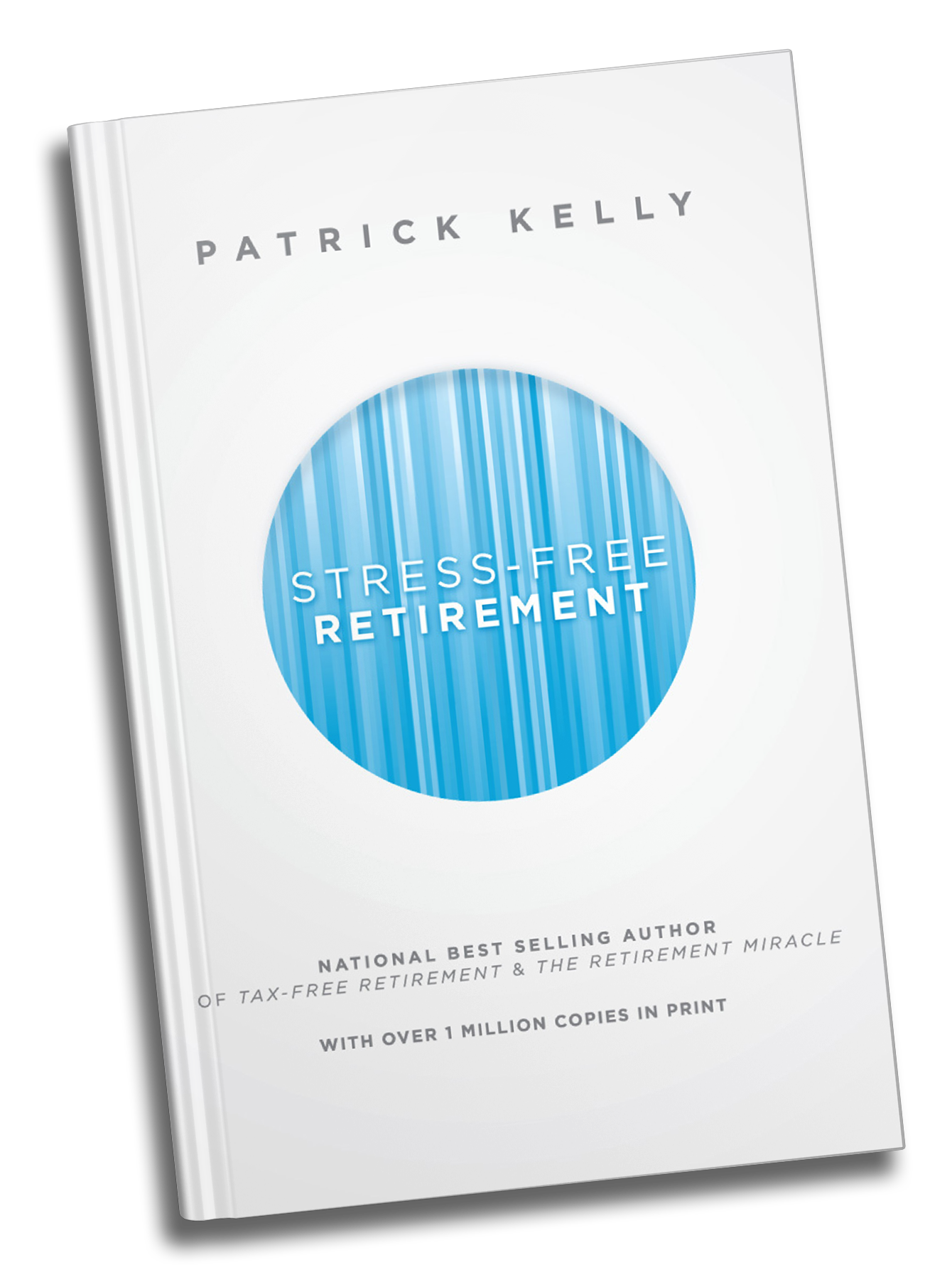
No matter how healthy you are right now, or “plan” to be later on in life, it’s essential for you to protect your retirement savings from potential Long-Term Care (LTC) and other health-related expenses. Without a solid plan in place that addresses the potential expenses associated with LTC and health risks, your savings could be at risk. So today, let’s talk Long-Term Care planning and go over some of the reasons why it should play an important role in your overall retirement strategy.
The “it will never happen to me” mentality plagues many people, and it does not fare well when a LTC event arises as it can rapidly drain your savings. A research study from the National Bureau of Economic Research estimated that an average 50-year old has approximately a 53% to 59% chance of entering a nursing home during their lifetime. Without proper preparation for health events, especially LTC events, people may be forced to liquidate assets they never wanted or planned to liquidate. Ultimately, the stress and burden from a LTC related event is seemingly unnecessary when there are so many ways to help hedge against the risk.
Long-Term Care is simply a range of services that you may need in order to meet your personal care needs. LTC services are generally provided by an assisted-living facility, at home with the aid of a caregiver, or at a nursing home. In an assisted-living facility, the U.S. national average for care in a one-bedroom unit costs approximately $3,628 per month. And, it’s estimated that a caregiver / health aide costs $20.50 per hour. Lastly, the average monthly cost for a private room in a nursing home is $7,698. The cost for LTC varies depending on the type and duration of care you need, the provider you use, and where you live.
Most LTC revolves around assisting people with the basic personal tasks of everyday life. There are six Activities of Daily Living (ADLs): bathing; dressing; using the toilet; transferring to/from bed or chair; caring for incontinence; and eating. Generally, the inability to perform two or more ADLs is a trigger to begin receiving LTC benefits. Other LTC services and support are assistance with everyday tasks. There are eight Instrumental Activities of Daily Living (IADLs): housework; managing money; taking medication; preparing and cleaning up after meals; shopping for groceries or clothes; using the telephone or other communication devices; caring for pets; and responding to emergency alerts such as fire alarms, that again, if you cannot perform alone, you may need some sort of LTC.
LTC insurance can be purchased via a stand-alone LTC policy, a fixed annuity with a LTC rider, or a life insurance policy with LTC benefits. What’s best for you depends on a variety of factors that are different for everyone. If you’re looking for pure LTC protection, then a stand-alone LTC policy may be best for you on a dollar-for-dollar basis. It provides care that cannot be received from Medicare, acts as an insurance policy like you would have on your house or car, and it insures your financial security if an LTC Event were to occur. If you’re a risk averse investor who would rather not have the “use it or lose it” nature of a stand-alone policy, then a fixed annuity with LTC benefits may work best for you. Here, you can retain access to your money, get coverage without health underwriting, and the LTC rider may be less expensive than a LTC policy. However, the rider fee can eat into your annuities’ interest income so be sure to examine all parts of the policy with your trusted financial professional before making a decision. Lastly, if you’re investing in a whole, universal, or variable life insurance policy, you can select the LTC coverage terms in the rider. If you need coverage, it will come out of the death benefit and your beneficiaries will receive any remaining value.
In the end, it’s crucial to plan for what can go wrong before being able to afford the luxury of what can go right. This is not a one size fits all type of deal, so be sure that you fully understand the benefits and potential risks associated with each available option. CLICK HERE to request your complimentary, no obligation financial review. Don’t wait until you’re in your 60s or 70s to purchase LTC because if your health deteriorates, you can end up paying significantly more up-front, and in your monthly premiums. It’s very unlikely that you’re going to be in perfect health forever. So, prepare for it now, and it will be a lot easier when you actually do need it, for yourselves and for your families.



